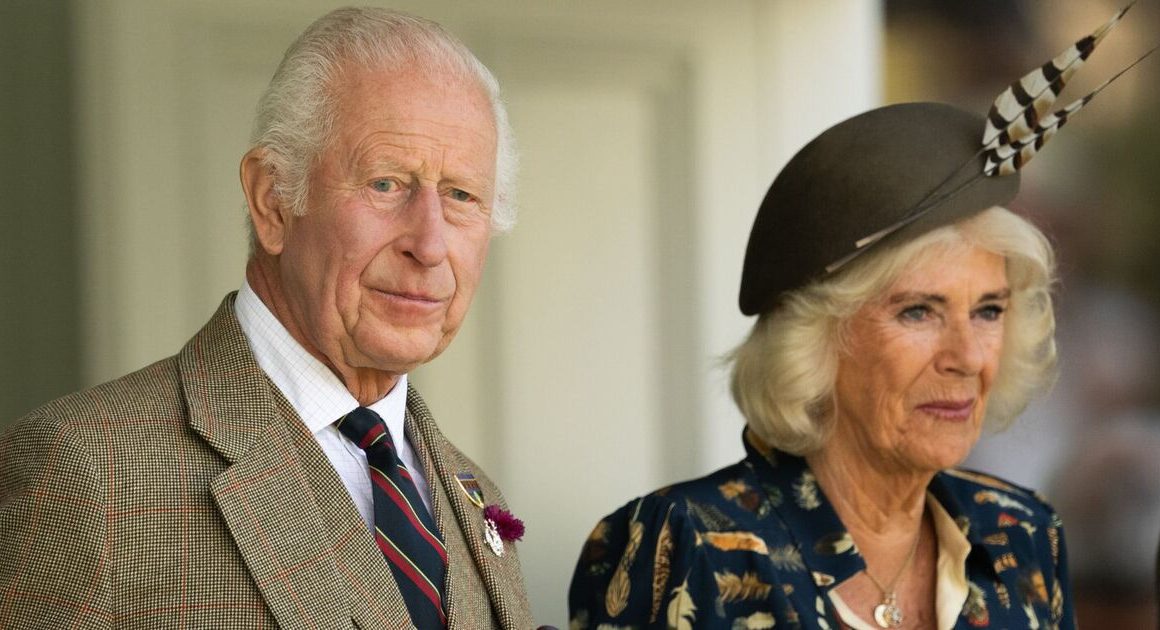Reformist candidate Masoud Pezeshkian won Iran’s runoff presidential election Saturday, besting hardliner Saeed Jalili by promising to reach out to the West and ease enforcement of the country’s mandatory headscarf law after years of sanctions and protests squeezing the Islamic Republic.
Pezeshkian promised no radical changes to Iran’s Shia theocracy in his campaign and long has held Supreme Leader Ayatollah Ali Khamenei as the final arbiter of all matters of state in the country.
But even Pezeshkian’s modest aims will be challenged by an Iranian government still largely held by hardliners, the ongoing Israel-Hamas war in the Gaza Strip, and Western fears over Tehran enriching uranium to near-weapons-grade levels.
A vote count offered by authorities put Pezeshkian as the winner with 16.3 million votes to Jalili’s 13.5 million in Friday’s election. Overall, Iran’s Interior Ministry said 30 million people voted in an election held without internationally recognized monitors.
Mideast tensions remain high
Supporters of Pezeshkian, a heart surgeon and longtime lawmaker, entered the streets of Tehran and other cities before dawn to celebrate as his lead grew over Jalili, a hardline former nuclear negotiator.
But Pezeshkian’s win still sees Iran at a delicate moment, with tensions high in the Mideast over the Israel-Hamas war, Iran’s advancing nuclear program and a looming election in the United States that could put any chance of a detente between Tehran and Washington at risk. Pezeshkian’s victory also wasn’t a rout of Jalili, meaning he’ll have to carefully navigate Iran’s internal politics as the doctor has never held a sensitive, high-level security post.
Iranians voted in a tightly controlled presidential election to replace former president Ebrahim Raisi, who died in a helicopter crash last month. Just four candidates, all loyal to Iran’s supreme leader, were on the ballot.
The first round of voting June 28 saw the lowest turnout in the history of the Islamic Republic since the 1979 Islamic Revolution. Iranian officials have long pointed to turnout as a sign of support for the country’s theocracy, which has been under strain after years of sanctions crushing Iran’s economy, mass demonstrations and intense crackdowns on all dissent.
Government officials had predicted a higher participation rate as voting got underway, with state television airing images of modest lines at some polling centres across the country.
However, online videos purported to show some polls empty while a survey of several dozen sites in the capital, Tehran, saw light traffic amid a heavy security presence on the streets.
Turnout historically low
Authorities put the turnout in Friday’s election at 49.6 per cent, still historically low for an Iranian presidential election. They counted 607,575 voided votes in the contest, which often are a sign of protest by those who feel obligated to cast a ballot but reject both candidates.
The election came amid heightened regional tensions. In April, Iran launched its first-ever direct attack on Israel over the war in Gaza, while militia groups that Tehran arms in the region — such as the Lebanese Hezbollah and Yemen’s Houthi rebels — are engaged in the fighting and have escalated their attacks.
As talks resume in Doha, Qatar, a ‘possible breakthrough’ is raising hopes of a ceasefire in Gaza and a hostage return deal, with reports that Hamas is no longer demanding Israel agree to a permanent ceasefire upfront, though gaps between the two sides remain.
Iran is also enriching uranium at near weapons-grade levels and maintains a stockpile large enough to build several nuclear weapons, should it choose to do so. And while Khamenei remains the final decision-maker on matters of state, the new president could bend the country’s foreign policy toward either confrontation or collaboration with the West.
The campaign also repeatedly touched on what would happen if former U.S. president Donald Trump, who unilaterally withdrew America from the Iran nuclear deal in 2018, wins the November election. Iran has held indirect talks with President Joe Biden’s administration, though there’s been no clear movement back toward constraining Tehran’s nuclear program for the lifting of economic sanctions.
Though identifying with reformists and relative moderates within Iran’s theocracy during the campaign, Pezeshkian at the same time honoured Iran’s paramilitary Revolutionary Guard, on one occasion wearing its uniform to parliament.
He repeatedly criticized the United States and praised the Guard for shooting down an American drone in 2019, saying it “delivered a strong punch in the mouth of the Americans and proved to them that our country will not surrender.”
Election called after late president’s death
More than 61 million Iranians over the age of 18 were eligible to vote, with about 18 million of them between 18 and 30. Voting was to end at 6 p.m. but was extended until midnight to boost participation.
The late Iranian president Ebrahim Raisi, who died in a May helicopter crash, was seen as a protege of Khamenei and a potential successor as supreme leader.
Still, many knew him for his involvement in the mass executions that Iran conducted in 1988, and for his role in the bloody crackdowns on dissent that followed protests over the 2022 death of Mahsa Amini, a young woman detained by police over allegedly improperly wearing the mandatory headscarf, or hijab.












